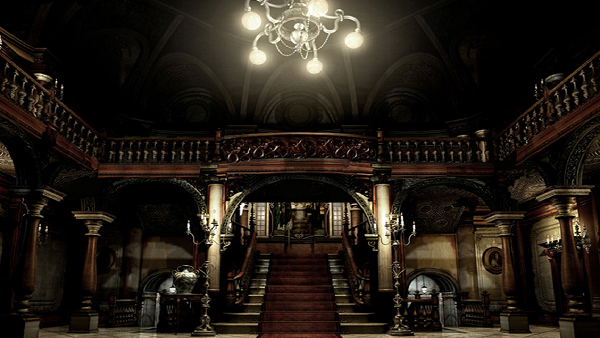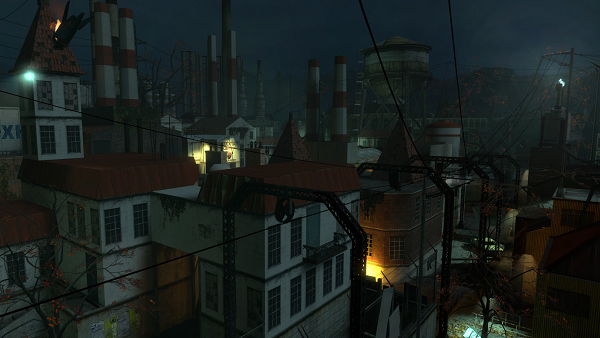10 Perfect Examples Of Level Design In Video Games
The Spencer Mansion, the cause of - and solution to - all of life's problems.

Sometimes, level design is undetectable; other times, it’s designed to be appreciated.
The Spencer Mansion for instance, from Resident Evil – a winding labyrinth comprised of countless indeterminate doors, each concealing a smaller piece of a much larger puzzle, everything interwoven, gradually uncovered as the player progresses through the game. It’s designed to be appreciated – as well as understood – each successive playthrough creating a sense of familiarity as the once mysterious mansion is exposed, piece by piece.
In some cases, level design goes completely unnoticed – the settings themselves utterly immaculate in their seamless construction, so much so that you might forget you’re actually playing through someone which was created, and not naturally occurring.
Either way, this facet of a game is undeniably important, because it dictates the manner by which players interact and traverse the environment, even maintaining the pace.
To such end, some of the greatest games owe their tremendous success to the articulacy of their design, especially considering the extent to which it supports secondary elements – such as the story and gameplay, both of which are reliant entirely on cohesive level design.
With that said, here are 10 perfect examples of level design from popular video games…
10. Ravenholm (Half-Life 2)

Ravenholm – once a mining
town, repurposed as a resistance stronghold – isn’t anywhere you would want to
find yourself. In recent years, it’s become deserted, overrun with legions of
the undead; the only known survivor, a priest with a psychotic disposition,
guiding the player through the nightmarish town, across rooftops and through buildings,
the previous inhabitants lurking behind every corner, and countless hazards
blocking your progression.
Ravenholm is an expansive environment, but the level designers do an excellent job of quarantining the action, maintaining a sense of cohesion, and keeping the player moving forward. Throughout, enemies are used sparingly but effectively, pushing the player onward through the town, maintaining a crucial sense of urgency, itself emphasised by the tight corridors, winding streets and branching pathways, most of which lead to disaster.
Visually, Ravenholm is incredibly memorable, but it’s the layout and structure of the town that cement its status as a standout location from the series, controlling the player’s movements through the otherwise cluttered environment, dragging them towards the relative safety of a distant graveyard.